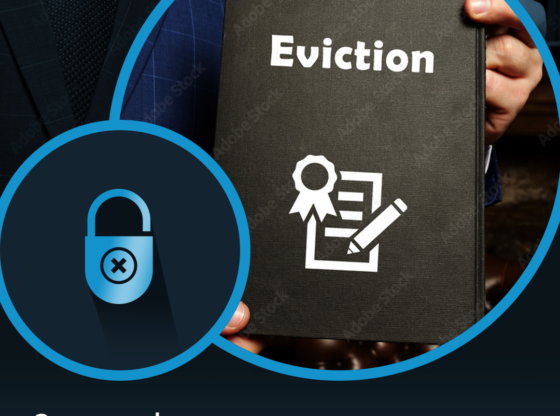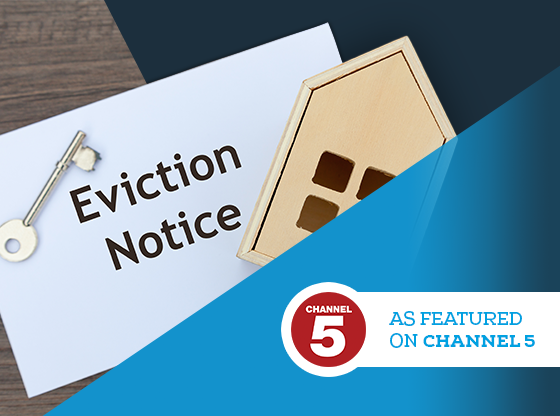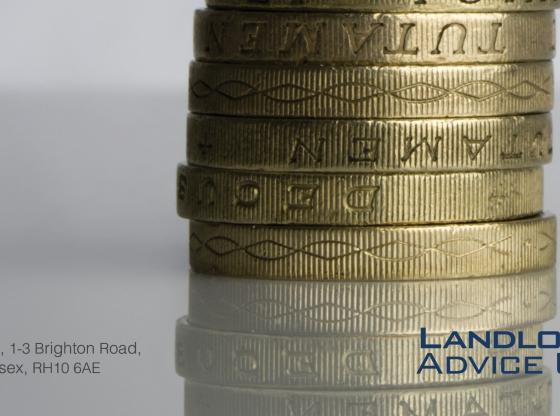Disability Adaptions to Common Parts
We were recently instructed to advice our client on whether it was lawful to refuse consent to a disabled leaseholder that requested permission to install a stairlift in the staircase of the building, being a common part of the block of flats. The staircase was the only staircase in the building and the installation of a stairlift raised concerns about fire safety and evacuation.
This raised the question as to whether the disability adaptions to common parts of a leasehold block of flats was covered by the law governing consent for adaptions which aid disabled occupiers.
How is disability defined?
There are many misconceptions about what constitutes a disability and the definition set out in recent legislation is not widely known:
Under the Equality Act 2010, a person has a disability if:
- they have a physical or mental impairment, and
- the impairment has a substantial and long-term adverse effect on the person’s ability to carry out normal day-to-day activities.
The Equality Act 2010 also says the effect of an impairment is long-term if:
- it has lasted for at least 12 months;
- it is likely to last for at least 12 months; or
- it is likely to last for the rest of the life of the person affected.
Other circumstances and conditions within the Equality Act 2010 may affect whether a person is defined as disabled.
What might the lease say about disability adaptations?
It is uncommon for a lease to include terms that allow a leaseholder to make adaptations to their property or the common parts of the block or grounds due to disability.
A lease may include a covenant that tries to prevent all alterations or adaptations but as mentioned above iit will more commonly contain wording such as ‘not to make alterations without the landlord’s consent, such consent not to be unreasonably withheld.
What does housing legislation say about improvements and disability adaptations?
The Landlord and Tenant Act (“LTA”) 1927 introduced legislation relating to improvements but does not include specific provisions for disability adaptations.
The LTA 1927 states that the landlord’s consent to improvements shall not be unreasonably withheld, but this aspect of the LTA will not apply if the lease does not allow improvements in any circumstances.
Importantly, the LTA 1927 does not cover proposed improvements or adaptations to the communal parts of leasehold property such as corridors and staircases.
The Disability Discrimination Act 2005, enacted the following requirements for let and leasehold premises. Landlords or managers are required to take reasonable steps to:
- change a policy, practice or procedure which makes it impossible or unreasonably difficult for a disabled person to accept a letting, enjoy the premises or use any facility that the lease or tenancy specifies;
- provide auxiliary aids and/or services; and
- change the term of a letting or lease when requested to by a disabled person, or by someone with the authority to act on their behalf.
The explanatory notes to the Disability Discrimination Act 2005 gave the following examples:
- A leaseholder who has mobility difficulties should be allowed to leave their refuse in a different place to other residents if they could not easily access the designated place.
- A landlord or manager could be obliged to change or waive the term of a letting, or a lease, which prevented any alterations to demised premises, to allow the leaseholder to make alterations needed due to disability, with the consent of the landlord.
- A landlord or manager could be required to take reasonable steps to provide an auxiliary aid or service in some circumstances. An example could be a visual signal connected to a door-bell for a resident who was hearing impaired.
Nothing in the Disability Discrimination Acts 2005 or 2006 require landlords or managers to make any alterations to physical features of the building, which meant that leaseholders could not insist upon any significant alterations to the common parts even if their access was limited without this. The duties towards disabled tenants in relation to allowing adaptions are more aimed to alterations within the accommodation itself rather than communal areas.
The Equality Act 2010
Part 13 of the Equality Act 2010 would replace provisions in the previous Disability Discrimination Act 2005 to allow leaseholders with disabilities to seek consent to make a disability related improvement to their homes where the lease requires the landlord’s consent before alterations can be made.
Section 36 of the Equality Act 2010 would have enabled a tenant with a disability to request disability related alterations to physical features in the communal areas and sets out a process the landlord or manager would have to follow. However, Section 36 has not yet been enacted.
There was a follow up report made in the House of Lords printed on 09 September 2021 concerning, amongst other things, Section 36 of the Equality Act 2010.
In this report, the House of Lords examine the progress which has been made by the Government on the Equality Act 2010.
At paragraph 50 of this report, it is stated:
“Section 36 of the Equality Act 2010, and Schedule 4, include provisions on reasonable adjustments to the common parts of buildings such as blocks of flats. These provisions have not yet been commenced. If they were, those responsible for the common parts (such as a landlord in a leasehold block of flats) would have to agree to changes to common parts if asked by a disabled tenant and if, after consulting the other residents, they concluded that it would be reasonable to do so. It is always legal for the landlord to ask the disabled tenant to pay for the alteration.”
At paragraph 56 of the report, a very similar case to your matter is referred to:
“In evidence to the 2016 inquiry, Justin Bates of the Housing Law Practitioners Association described a practical example of a case in which he had been involved:
“An elderly leaseholder has a flat on the second and third floor. There is absolutely no reason why she cannot live independently, save that she has mobility issues. She wants to install a stair lift to get up to her second or third floor flat. She asks the freeholder for permission. The freeholder says no. She offers to pay the installation costs and all the running costs herself so there is no drain on the service charge. The freeholder says no. On the face of it, that is a lawful refusal.” – Emphasis added.
This report also confirms that the Government has confirmed its intentions to enact Section 36 of the Equality Act 2010.
There was also Research Briefing on Disabled adaptions in leasehold flats and common parts published by the House of Commons on 03 July 2022.
This Research Briefing confirms that while the Legislation made it easier for disabled leaseholder to obtain consent for adaptions to internal parts of their home, there remained a problem with securing adaptations to the common parts of residential dwellings, such as doors and stairways. This Research Briefing also recognised that the Equality Act 2010 provided a new requirement for disability-related alterations to the physical features of the common parts of let residential premises, or premises owned on a commonhold basis. The provisions are set out in section 36 and schedule 4 to the 2010 Act but have not been brought into force.
Conclusion
It does appear lawful to refuse adaptions to communal areas of a building containing leasehold flats on the basis that:
- The LTA 1927 does not cover proposed improvements or adaptations to the communal parts of leasehold property such as corridors and staircases.
- Nothing in the Disability Discrimination Acts 2005 or 2006 require landlords or managers to make any alterations to physical features of the building, which meant that leaseholders could not insist upon any significant alterations to the common parts even if their access was limited without this.
- Section 36 of the Equality Act 2010 has not been enacted and there is therefore no clear or express mechanism by statute (Legislation) in which the refusal to allow the installation of the stair lift in the staircase of the Building would be unlawful.
There is yet to be case law on this particular issue, and it possible that Court could find that the refusal to allow an adaption to a common part of a building would be unlawful by constituting indirect disability discrimination. It would therefore be important to seek legal advice if you are a leasehold owner, landlord or manager of a leasehold block of flats facing this issue.
It is further important to note that the Governments’ plan appears to be to enact Section 36 of the Equality Act 2010 with supplementary regulations which would change the legal position set out above. Landlords, leasehold owners and managers should therefore consider how they will adapt these changes which are likely to come.
Sources:
Follow-up-Report: https://committees.parliament.uk/publications/7179/documents/75719/default/)
Research Briefing – adaptations in leasehold flats and common parts: https://commonslibrary.parliament.uk/research-briefings/sn03133/











